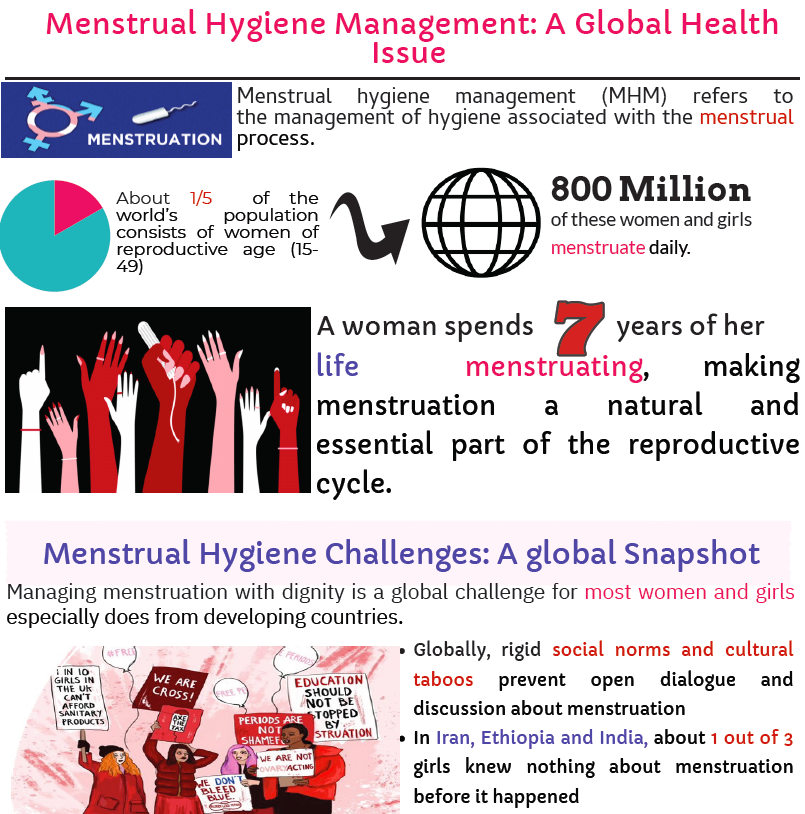Abortion Self-Care Looks Like – Project By: Frances Walker, MSc. – Mentor: Dr. Uzma Syed
 I created a graphic story of what abortion self-care looks like, for many folks looking to terminate their pregnancies across different settings with different legal and cultural barriers to safe surgical abortion care. “Self-care” is defined by the WHO as “the ability for individuals, families, and communities to promote, maintain health, prevent disease and cope with illness with or without the support of a healthcare provider.” Although self-care has been practiced for millennia, the “self-care movement” has gained steam within recent years as a pivotal strategy for improved health systems, universal health coverage, and global development. It is especially important as the ongoing Covid-19 pandemic has caused many working within global public health to reimagine our systems, and to discuss tools for people to self-manage their health without relying on overburdened healthcare providers. Self-care can prove revolutionary in sexual and reproductive healthcare, due to prevalent social norms and legal barriers that prevent people from accessing the services they need, for example abortion-related care. Abortion-self care (sometimes referred to self-managed abortion or medical abortion) can allow people to access accurate information and tools to induce. Studies have shown that it is safe, effective, and that many people prefer it due to increased privacy. My graphic story describes self-care, and illustrates why it is an important tool for many people across the world.
I created a graphic story of what abortion self-care looks like, for many folks looking to terminate their pregnancies across different settings with different legal and cultural barriers to safe surgical abortion care. “Self-care” is defined by the WHO as “the ability for individuals, families, and communities to promote, maintain health, prevent disease and cope with illness with or without the support of a healthcare provider.” Although self-care has been practiced for millennia, the “self-care movement” has gained steam within recent years as a pivotal strategy for improved health systems, universal health coverage, and global development. It is especially important as the ongoing Covid-19 pandemic has caused many working within global public health to reimagine our systems, and to discuss tools for people to self-manage their health without relying on overburdened healthcare providers. Self-care can prove revolutionary in sexual and reproductive healthcare, due to prevalent social norms and legal barriers that prevent people from accessing the services they need, for example abortion-related care. Abortion-self care (sometimes referred to self-managed abortion or medical abortion) can allow people to access accurate information and tools to induce. Studies have shown that it is safe, effective, and that many people prefer it due to increased privacy. My graphic story describes self-care, and illustrates why it is an important tool for many people across the world.
Violence Against Women – Project By: Mary Olukotun – Mentor: Uzma Syed
Violence against women is a critical public health issue, a significant human rights violation, and a concerning global phenomenon. Women experience gender-based violence (GBV) from intimate partners and non-partners which manifests as physical, verbal, emotional and psychological, or sexual violence. Global estimates from the World Health Organization suggest that 1 in 3 women have experienced intimate partner violence or non-partner sexual violence in their lifetime. Physical and/or sexual violence by intimate partners account for almost 30% of these instances of violence. Additionally, 38% of all murders of women were committed by intimate partners. Though intimate partner violence (IPV) is documented to be most prevalent globally, all forms of violence have significant short- and long-term impacts and jointly contribute to the detriment of women’s health and well-being. This module examines GBV against women within the global context and is intended to foster understanding about the extent of this issue, risk factors, outcomes, and strategies for prevention.

